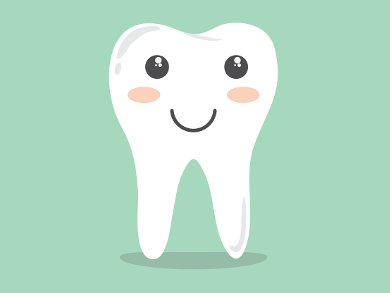Caries is a disease that affects nearly everyone at some point in life. Detecting small cavities can be a challenge for both of the methods commonly used to find caries: optical inspection and X-ray images. While several alternative methods have been developed, they need additional equipment, cost more, and do not have much of a benefit over traditional diagnosis.
Joerg Lahann, University of Michigan, Ann Arbor, USA, and colleagues have functionalized starch-based nanoparticles with flourescein to allow the early diagnosis of small cavities. The team used glycidyl trimethyl ammonium chloride to functionalize OH groups on the surface of the nanoparticles and give the particles an overall positive charge. The remaining OH groups were oxidized to carboxyl groups using 2,2,6,6-tetramethylpiperidine-1-oxyl (TEMPO). The carboxl groups were then reacted with fluoresceinamine.
Carious lesions have a negative surface charge, which allows the cationic nanoparticles to target them. The fluorescein bound to the nanoparticles is illuminated under a common dental curing light, which is normally used in dentist’s offices to harden composite fillings. This should allow the early detection of microcavities. Fluorescein is non-toxic and has been used for other diagnostic applications. The starch particles can easily be degraded by enyzmes in saliva after use. According to the researchers, similar cationic nanoparticles could be used to deliver fluoride or antibacterial compounds.
- Nanoparticle-Based Targeting and Detection of Microcavities,
Nathan A. Jones, Sywe-Ren Chang, William J. Troske, Brian H. Clarkson, Joerg Lahann
Adv. Healthcare Mater. 2016.
DOI: 10.1002/adhm.201600883



